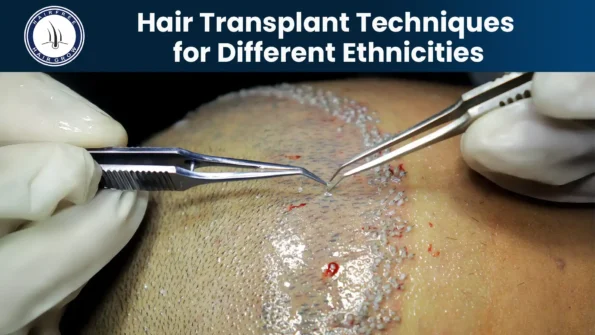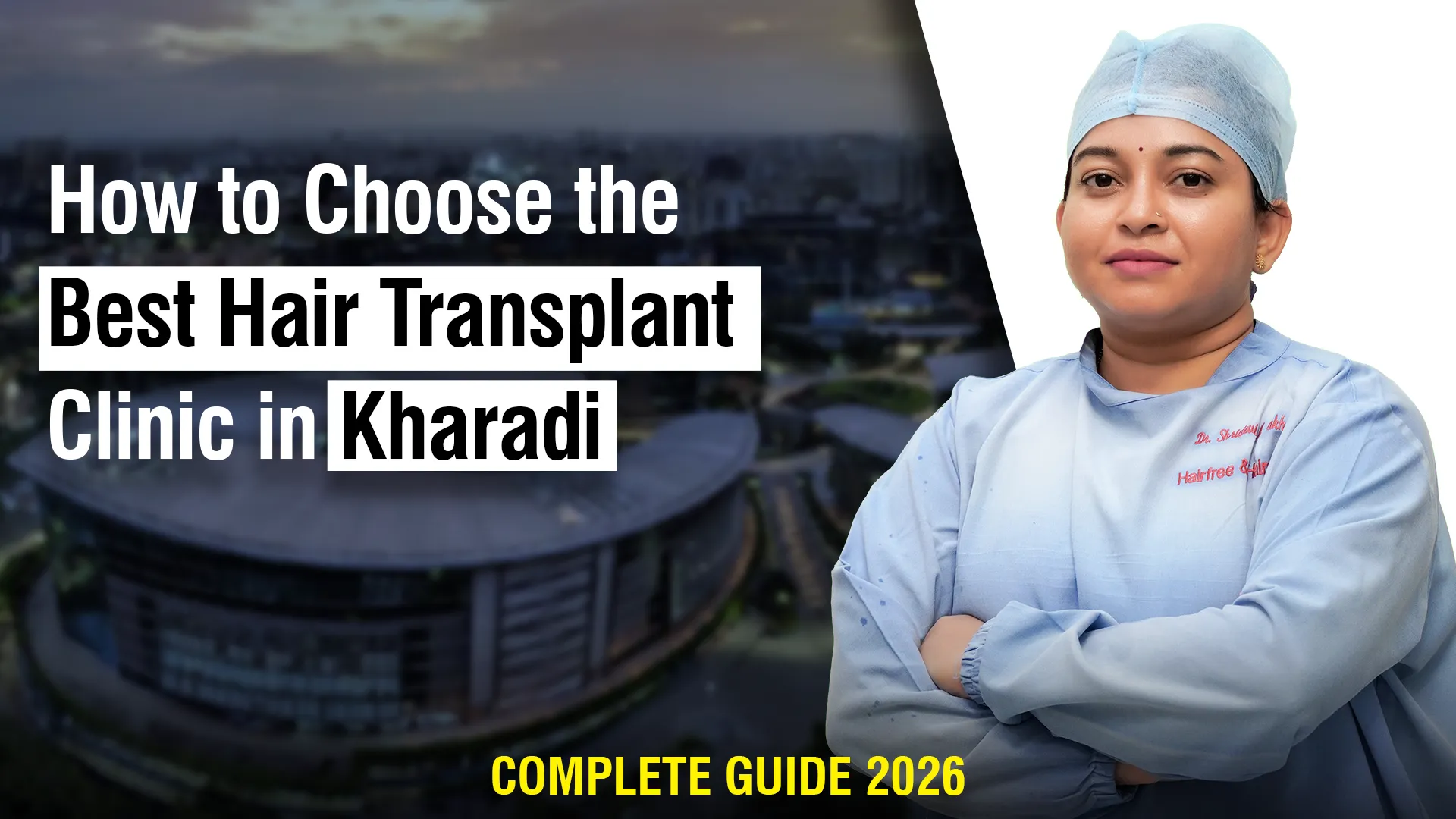Hair loss affects people across all ethnicities. However, treatment techniques often vary based on one’s genetic background. This article will explore how hair transplantation is tailored for different ethnic groups considering hair textures and densities. By understanding the nuances of each approach, patients can feel confident working with a qualified doctor to regain a full head of hair. Advanced Hair Transplant Techniques for Natural Hair Restoration.
Follicular Unit Transplantation for Caucasian Hair
For those with European ancestry, follicular unit transplantation (FUT) is commonly used to restore thinning areas. During FUT, a surgeon extracts intact sections of the scalp containing 1-4 hairs, known as follicular units. Each unit is then carefully placed into pre-made slits in the areas needing coverage. Thanks to their finer textures and loosely-knit follicles, Caucasian hairs naturally blend in when repositioned across the scalp. Post-operation care focuses on proper wound healing for new hair growth within 6-9 months. Patients are pleased with the very natural fullness FUT provides.
Strip Harvesting Fits Asian Hair Traits
Individuals with straight, black Asian hair often benefit from strip harvesting techniques. This method removes a scalp strip from the back or sides, containing approximately 1000-2000 hair follicles. Under a microscope, the roots are then dissected from the strip and placed into slits in the thinning areas of the top. Due to their compact growth patterns, Asian follicles maintain their integrity through this process. The linear scar left by strip harvesting easily hides within existing hairlines for these individuals. Within a year, the new follicles have taken root and restored the natural density often desired by Asian hair transplant candidates.
Tightly Coiled Textures and Follicular Unit Extraction
Those with curly or oily African-American hair may benefit more from follicular unit extraction (FUE). During FUE, each follicular unit is carefully extracted using a tiny punch tool with minimal surrounding skin tissue. This allows the grafts to be placed with less tension on the scalp, reducing the chance of curlier hairs from kinking or distorting as they grow. FUE grafting provides African Americans with a natural fullness and return of volume.
Approaches for Latino Hair Density
Latino hair tends to have tighter curls and thicker density than other ethnicities. To match this, techniques focus on higher graft volumes of 2-3 hairs per follicular unit. Careful analysis of individual hairs under a microscope also helps determine which tend to grow in similar swirling patterns once replanted. This clustering of curly Latino grafts leads to a fuller head of hair aligned with their natural thickness.
Loose Waves Work Well with Strip Harvesting
Those with looser waved textures, like many people of Indian or Arab backgrounds, often choose strip harvesting for its ability to reposition large follicular groupings. The waviness of these hairs helps disguise scarring compared to straight hair. Doctors can take full advantage of the wave pattern by aligning grafts to enhance volume from various angles across the top and front of the scalp.
Tailoring Plans for Mixed or Biracial Patients
For individuals with a mixed ethnic background, physicians will analyze both parents’ hair qualities to determine the best hybrid approach. Everything from curl size to density is assessed to form a customized plan for placing grafts that suit the patient’s unique blend of features. Those with biracial hair may benefit from different techniques used jointly, such as FUE extraction paired with small strip harvesting for density. A blended method helps craft results fitting their diverse genetic background.
Conclusion
As hair restoration continues advancing, doctors can better address the diversity in hair properties across ethnicities. Taking the time for a consultation allows patients and physicians to design a personalized plan utilizing techniques tailored for each individual. Whether through FUT, strip harvesting or other methods, seeking a board-certified provider is key to achieving excellent hairline results that look natural for one’s ethnic background. With the right treatment, everyone can regain thicker hair they feel confident sporting.
Written By
MD (Skin & VD)
Dr. Kiran Chotaliya is a hair restoration expert specializing in hair transplant techniques for different ethnicities. He provides customized solutions to achieve natural results, considering hair texture, density, and scalp characteristics to ensure successful, personalized hair restoration for diverse patients.
Disclaimer
We’ve made all possible efforts to ensure that the information provided here is accurate, up-to-date and complete, however, it should not be treated as a substitute for professional medical advice, diagnosis or treatment. See Detailed Disclaimers Here.




